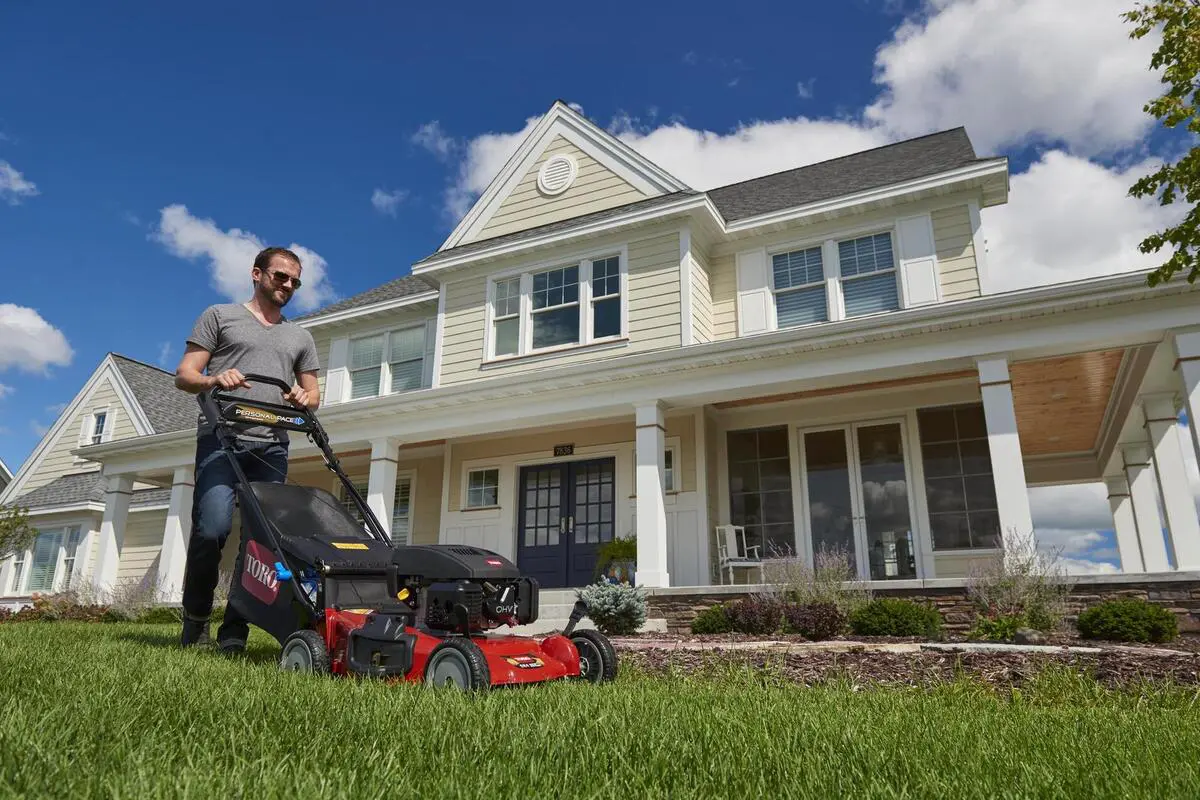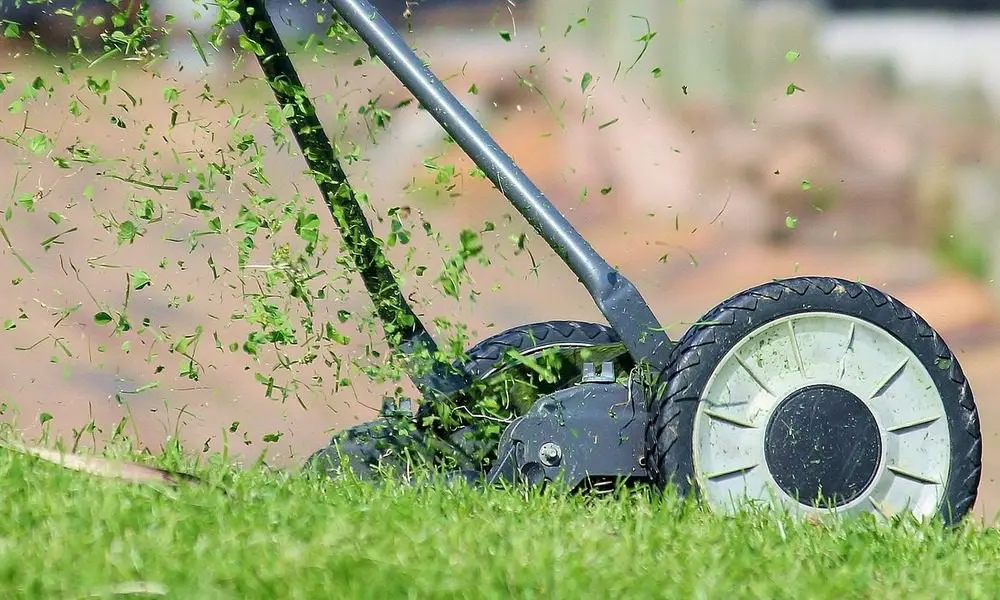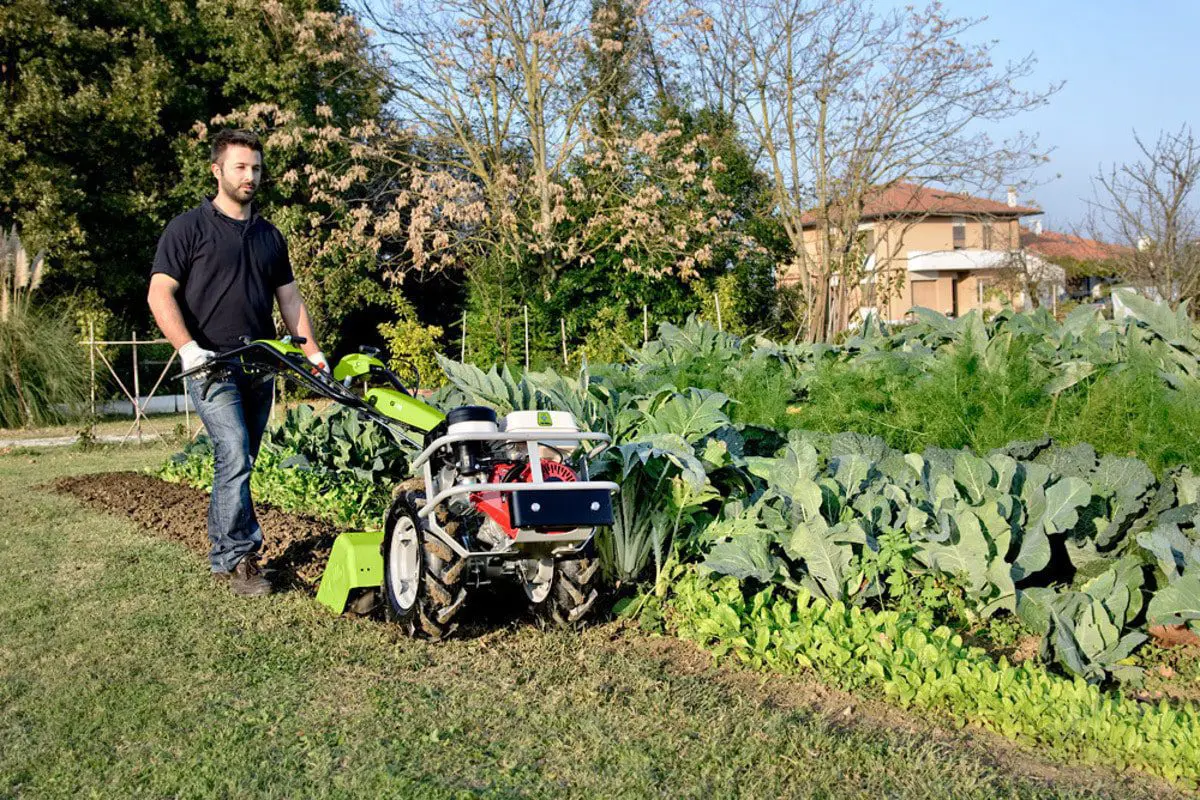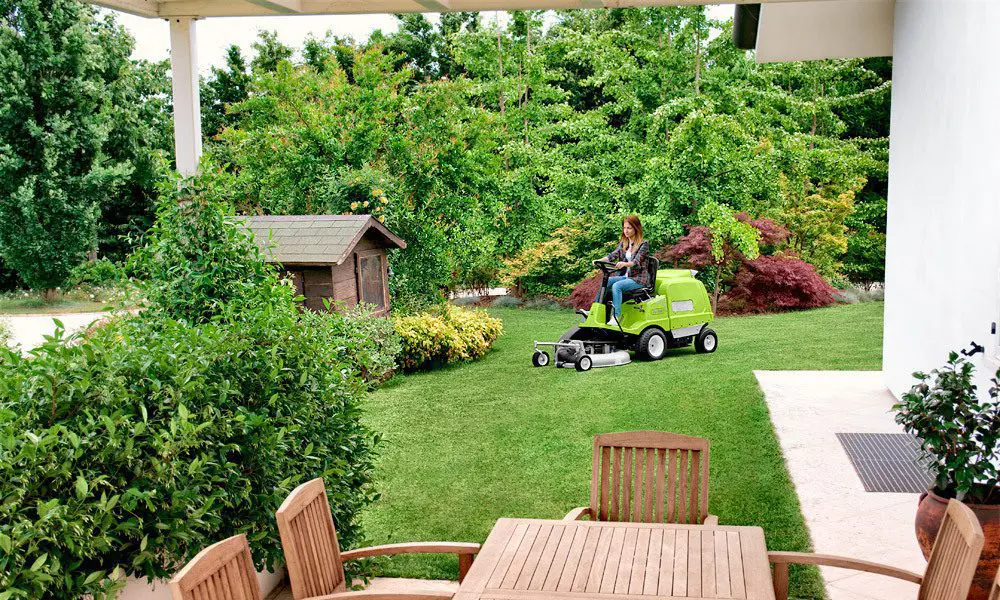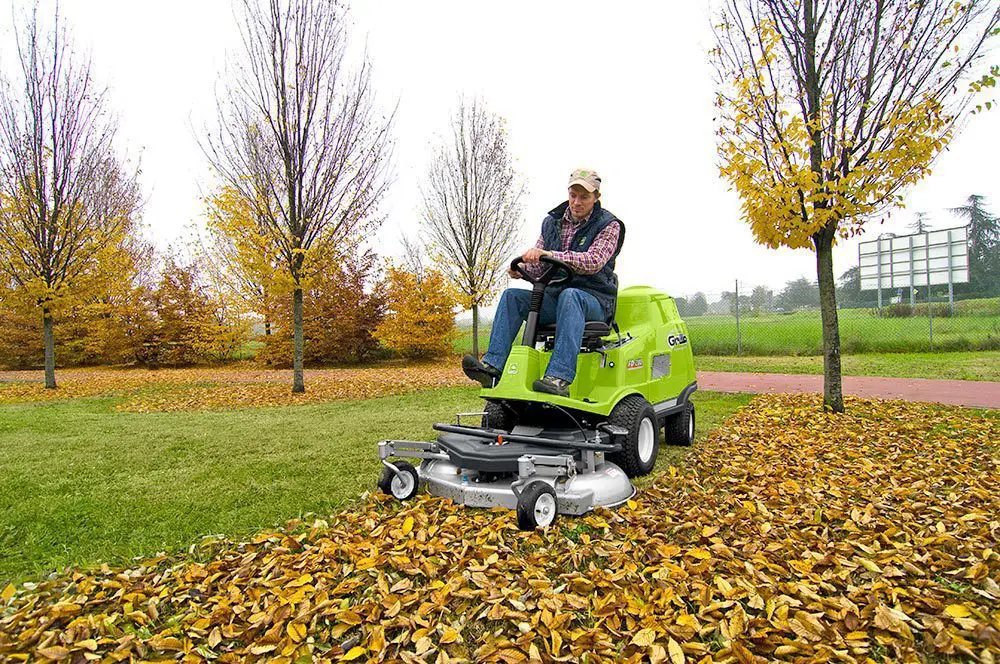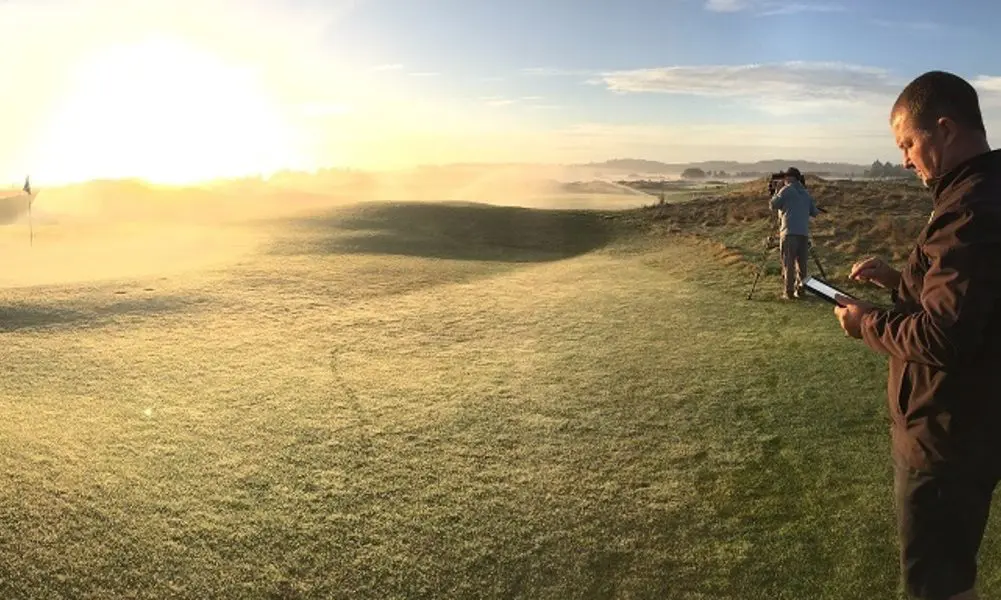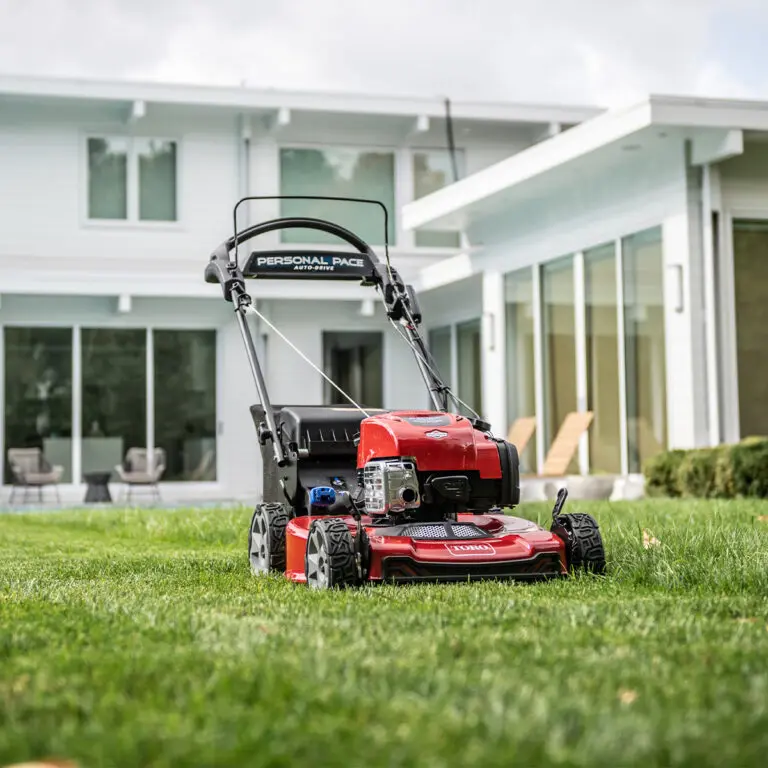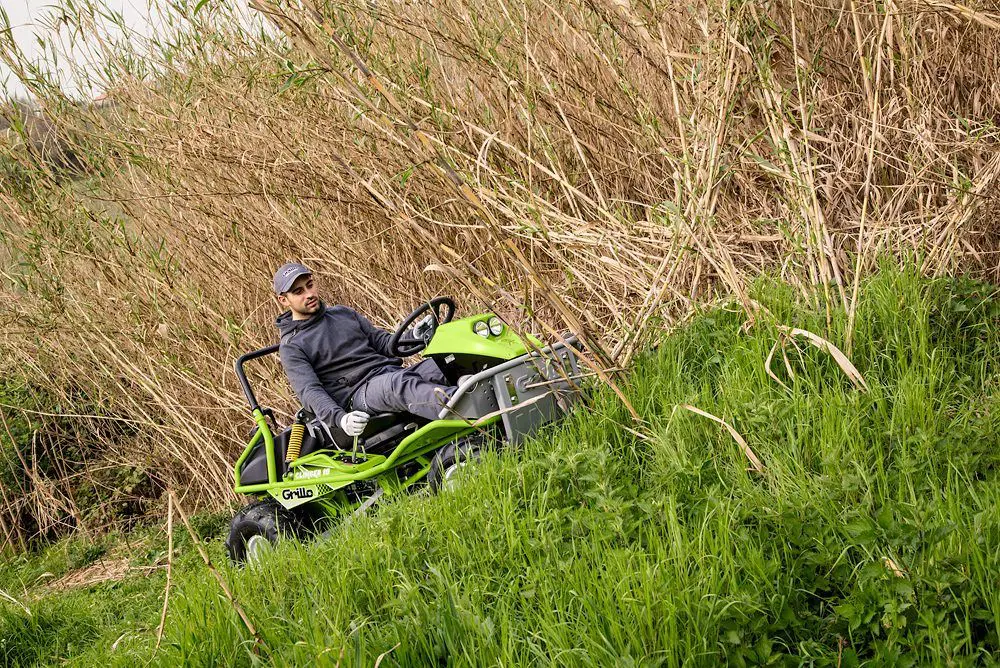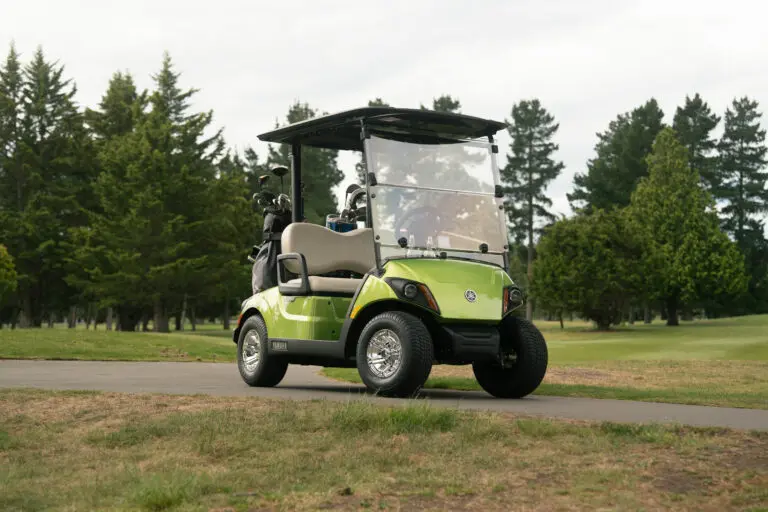The Intricate Art and Science of Greens Management
Behind every remarkable golf course lies a dedicated team committed to delivering exceptional greens.
While golfers bask in the glory of well-manicured putting surfaces, the unsung heroes behind the scenes are the Greenkeepers and Superintendents. These professionals possess a deep understanding of plant biology, soil science, and the nuances of grass species. They work diligently to provide optimal growing conditions for grasses while simultaneously addressing challenges such as pests, diseases, and weather conditions. Their duties go far beyond mowing and watering the greens; it encompasses a wide range of tasks aimed at preserving and enhancing the health and appearance of the turf.
In this blog post, we delve into the fascinating world of greens maintenance, uncovering the secrets behind creating golfing masterpieces.
Soil Analysis and Preparation
The foundation of any healthy green lies beneath the surface— the soil. Greenskeepers start their maintenance routine by conducting soil analysis to assess the nutrient content, pH levels, and overall health of the soil. Based on these findings, they formulate precise fertilization plans tailored to the specific needs of the turf. This process ensures that the grass receives the necessary nutrients to thrive, resulting in vibrant, resilient greens.
Mowing and Turfgrass Care
Mowing is not just about achieving a neat appearance; it is a science in itself. Greenskeepers meticulously set the mowing heights based on the type of grass, environmental conditions, and desired playability. Regular mowing encourages lateral growth and helps maintain consistent turf density. By adhering to precise cutting schedules and techniques, greenskeepers prevent scalping, reduce thatch buildup, and promote healthy grass growth.
Pest and Disease Management
Greens are not immune to the threats posed by pests and diseases. Greenskeepers constantly monitor for signs of damage or infestation and employ integrated pest management strategies to protect the turf. This involves the careful application of pesticides and fungicides, as well as implementing cultural practices that enhance the grass’s natural resistance to pests and diseases. By employing a holistic approach, greenskeepers ensure that the greens remain healthy while minimizing environmental impact.
The Power of Aeration and Topdressing
Over time, soil compaction can become a significant issue for greens, affecting root growth and nutrient absorption. Aeration and topdressing are two essential practices that every golf superintendent must master. They improve soil health, control thatch, enhance root development, and promote consistent ball roll.
Aerating improves soil drainage by creating channels for water to penetrate, preventing waterlogging and reducing the risk of disease. Moreover, aeration promotes root development as it allows oxygen and nutrients to reach the grassroots, enhancing overall turf health and vigor. It also helps alleviate soil compaction, a common issue in high-traffic areas, by loosening the soil and creating space for roots to expand. This improves turf resilience and playability. Finally, aeration enhances the effectiveness of fertilizers and other soil amendments by facilitating their penetration into the soil.
Topdressing also offers several benefits. Firstly, it helps to smooth out the playing surface by filling in low spots, evening out undulations, and reducing surface irregularities. This promotes better ball roll and consistent playability. Secondly, topdressing improves soil structure by incorporating sand or organic materials into the turf. This enhances root development, water infiltration, and nutrient absorption, leading to healthier and more resilient turf. Additionally, topdressing helps to dilute thatch layers, preventing their buildup and reducing the risk of disease and pest infestation. It also aids in controlling surface organic matter accumulation and promoting gas exchange within the soil. Overall, topdressing contributes to maintaining high-quality golf turf, ensuring optimal playing conditions and supporting the long-term health of the course
Seasonal Transition and Overseeding
To maintain year-round greenery, greenskeepers oversee the transition from warm-season to cool-season grasses and vice versa. They carefully plan and execute overseeding programs, which involve spreading new grass seed over existing turf. This ensures that the greens remain visually appealing and playable even during periods of transition, maintaining a consistent and high-quality playing surface.
Constant Adaptation and Learning
The art of greens maintenance is not static; it is a dynamic field that requires continuous adaptation and learning. Greenskeepers stay updated on the latest research, technological advancements, and best practices in the industry. They attend workshops, conferences, and educational programs to enhance their knowledge and refine their skills. This commitment to ongoing professional development enables them to provide the highest level of care and expertise for the greens under their stewardship.
Conclusion
The complex world of greens maintenance is a fascinating blend of science, artistry, and horticultural expertise. The dedicated greenskeepers who tend to these landscapes possess a profound understanding of nature’s intricacies and work tirelessly to create and preserve breathtaking greens for our enjoyment. The next time you find yourself admiring the beauty of a well-maintained green space, take a moment to appreciate the tremendous effort and skill that goes into its creation and maintenance.


